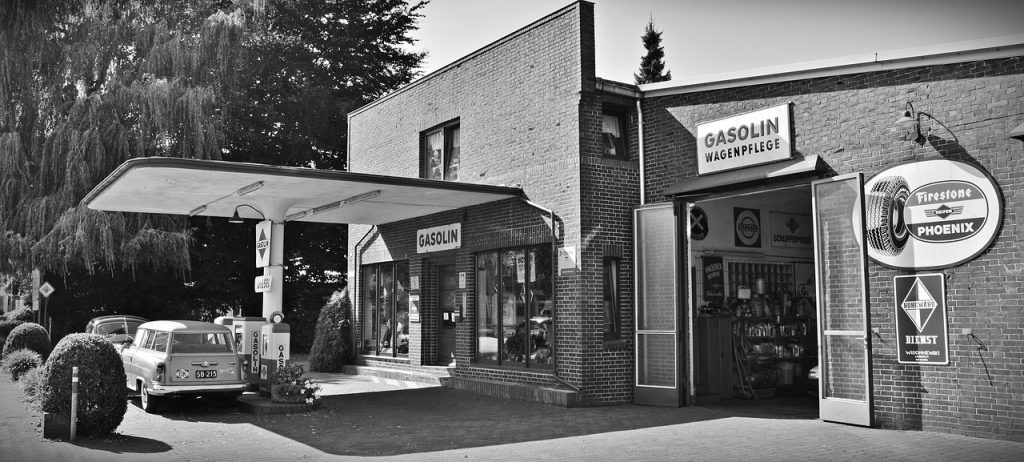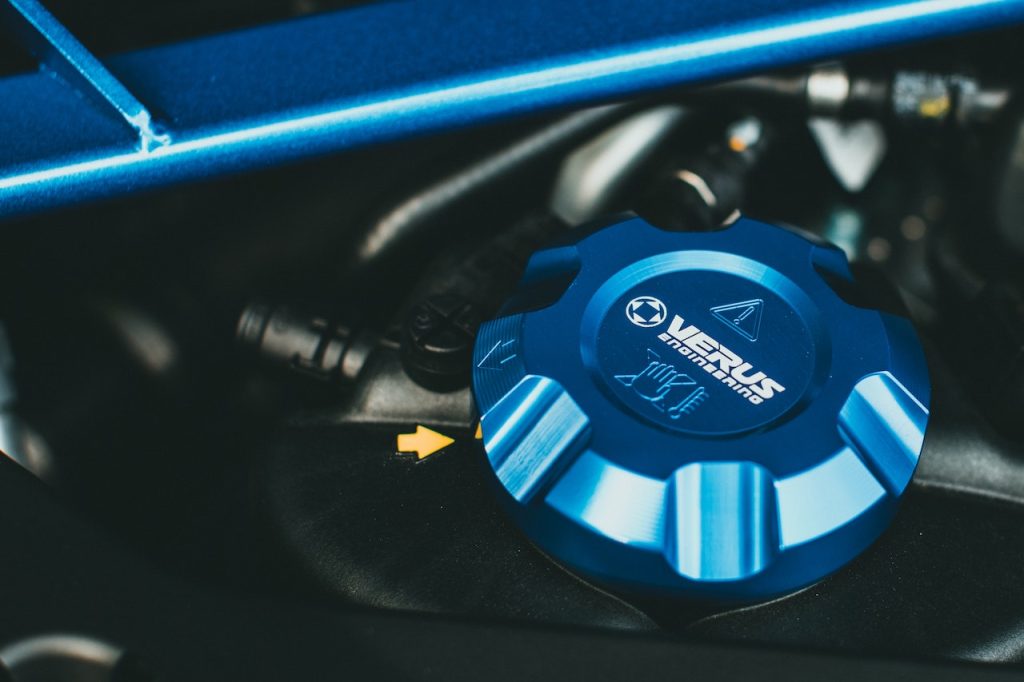
Driving holidays in Europe are a lot of fun. However, there are a few things you need to get your head around before you set off.
The types of things to remember as standard are:
1. Don’t for get to take your Driver’s License, and a copy of your Insurance for driving in Europe
2. Check if you have euro-plates (a number-plate with the blue GB on the left). If you don’t then you need to have a GB sticker on the vehicle (Note: some countries require the GB sticker regardless of the plates you have)
3. Pack reflective jackets for the occupants, just in case they are needed (it’s the law in most European countries)
4. Check your headlights won’t dazzle other drivers when you are driving on the other side of the road. You can get kits to alter usual UK headlights
5. Check the country specific laws to ensure you don’t fall foul of anything (for example; in France you have to carry your own breathalyser).
6. Make yourself aware of the different fuels on sale!!
European countries have different names for Petrol, Diesel, Super-Petrol and Super-Diesel. In addition to this, they have recently changed the names of these fuels at the filling station pumps. They also changed the colours – making it all the more confusing!
This change affects all 28 European Union member states, EEA countries (Iceland, Lichtenstein and Norway), and also Macedonia, Serbia, Switzerland and Turkey.
Under the EU’s new Alternative Fuels Infrastructure Directive 2018, instead of “Unleaded” and “Diesel”, pumps will be labelled with standardised letters and numbers, corresponding to the type of fuel, and the amount of biofuel it contains.
For example, “Unleaded 95” and “Unleaded 98” will both be replaced by the letter “E” surrounded by a circular border, followed by a “5” for 5% biofuel, and “10” for 10%. New and current labels will initially be displayed alongside each other at (petrol in diesel) petrol pumps.
For example: In Belgium petrol used to be Green and diesel was Yellow. Now all fuel types are shown in White and Black. However petrol (E5 and E10) is indicated by a Circle, and diesel (B7) by https://www.fuelfixer.co.uk/have-you-put-petrol-in-a-diesel-car/a Square.
Take a look at the picture above to see the changes so you know which symbols to look for when filling up your car abroad.

